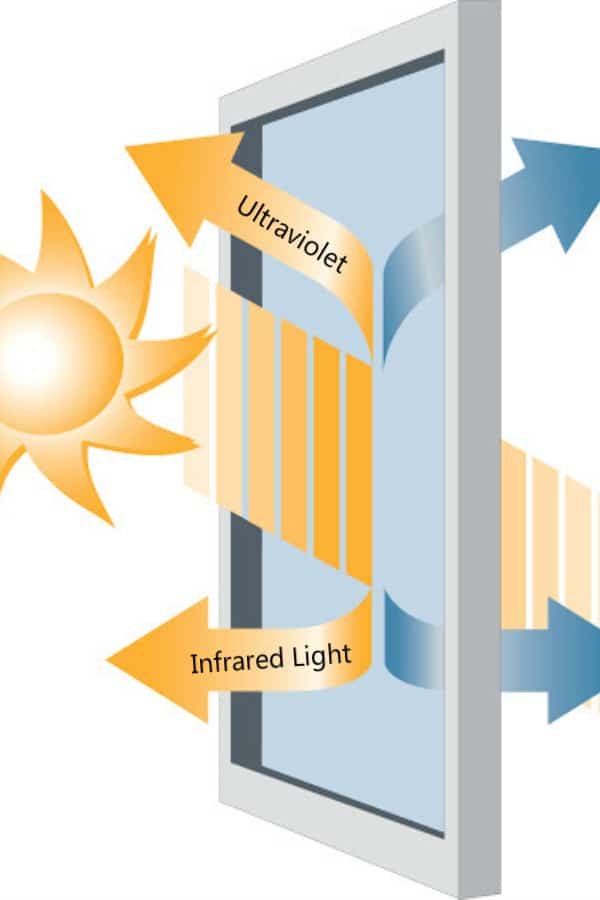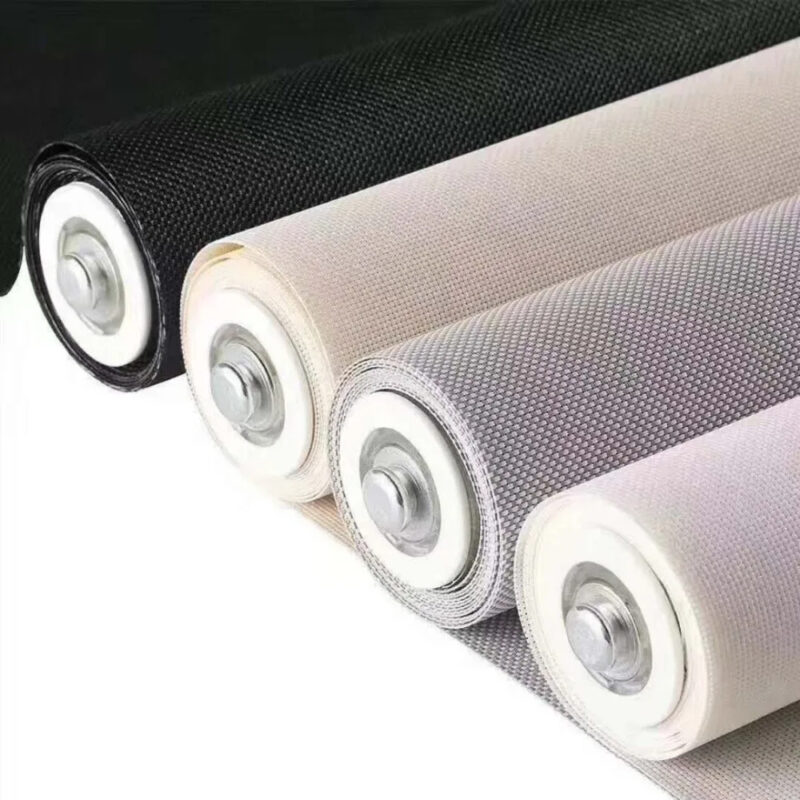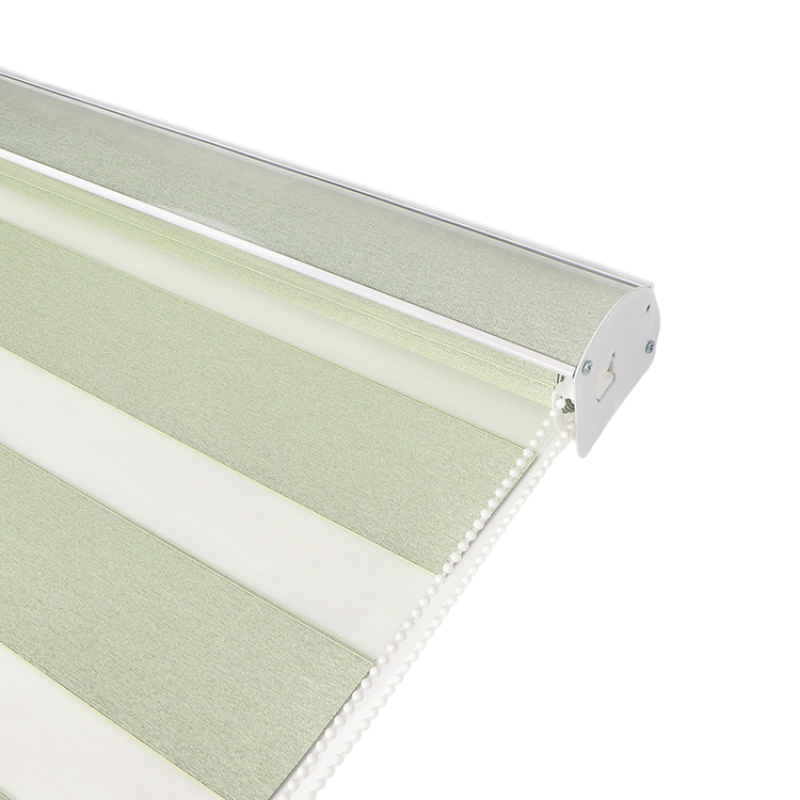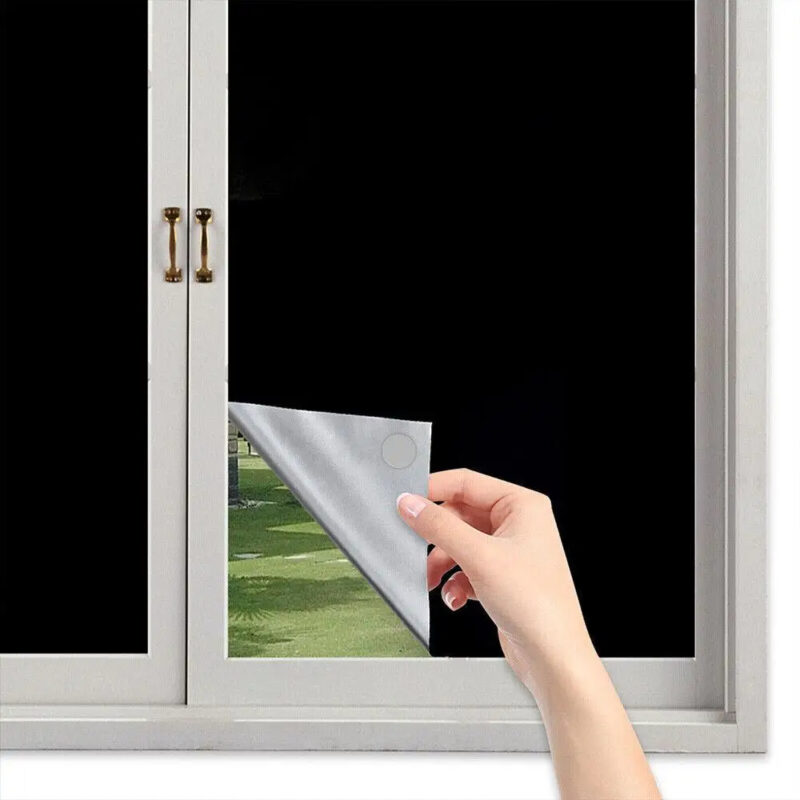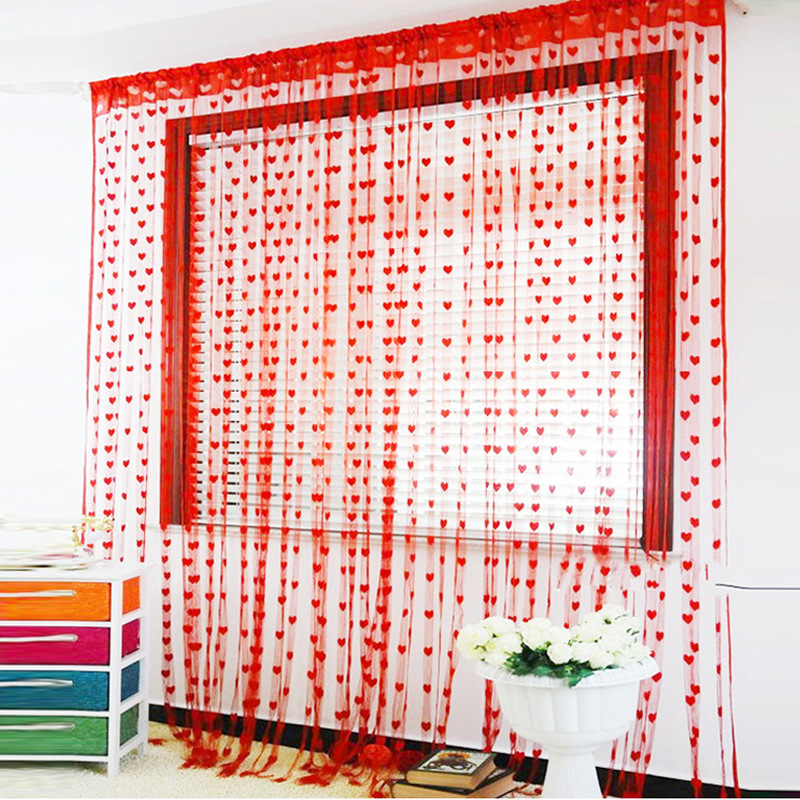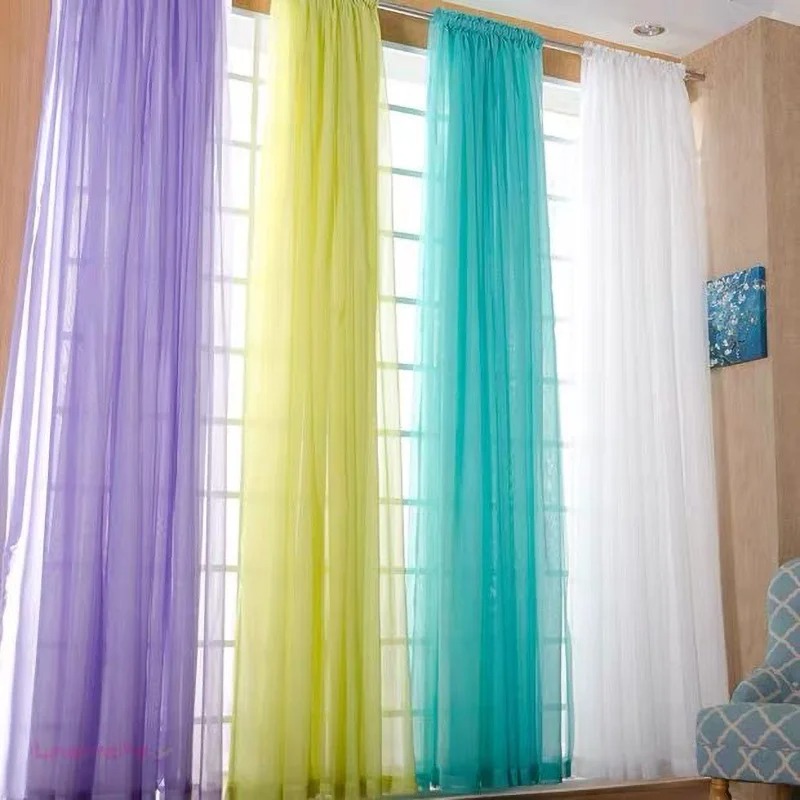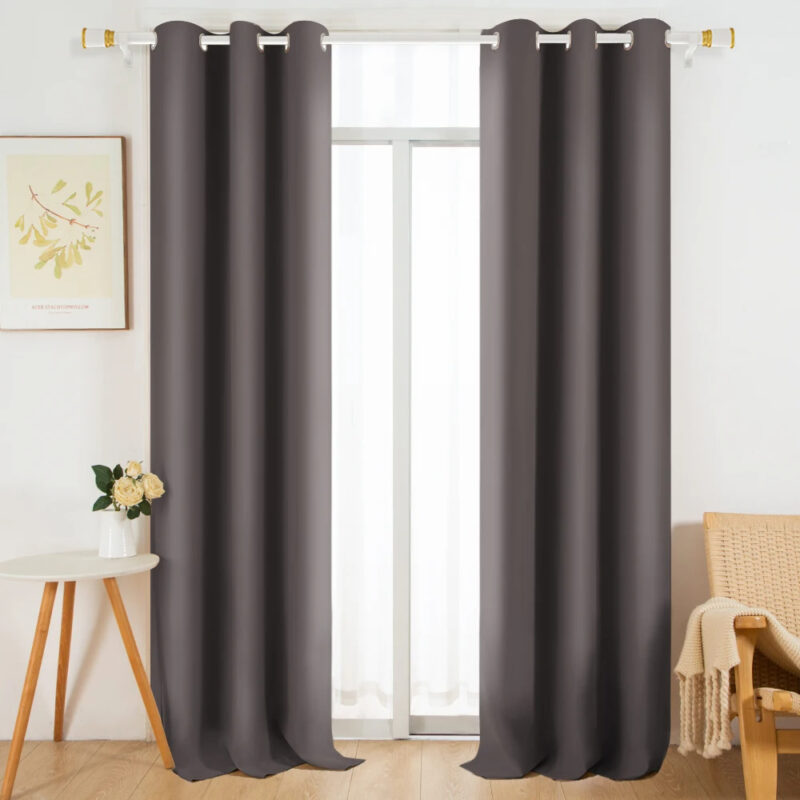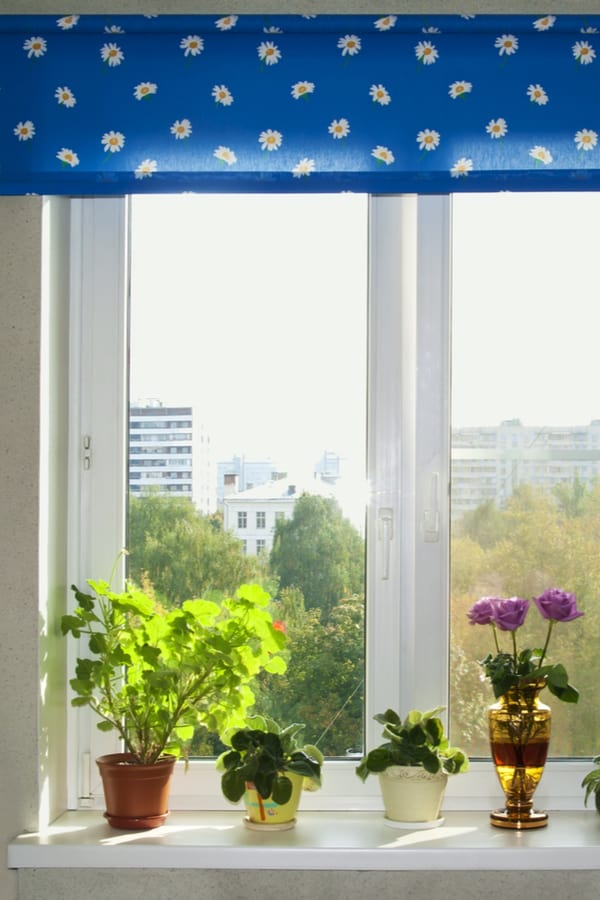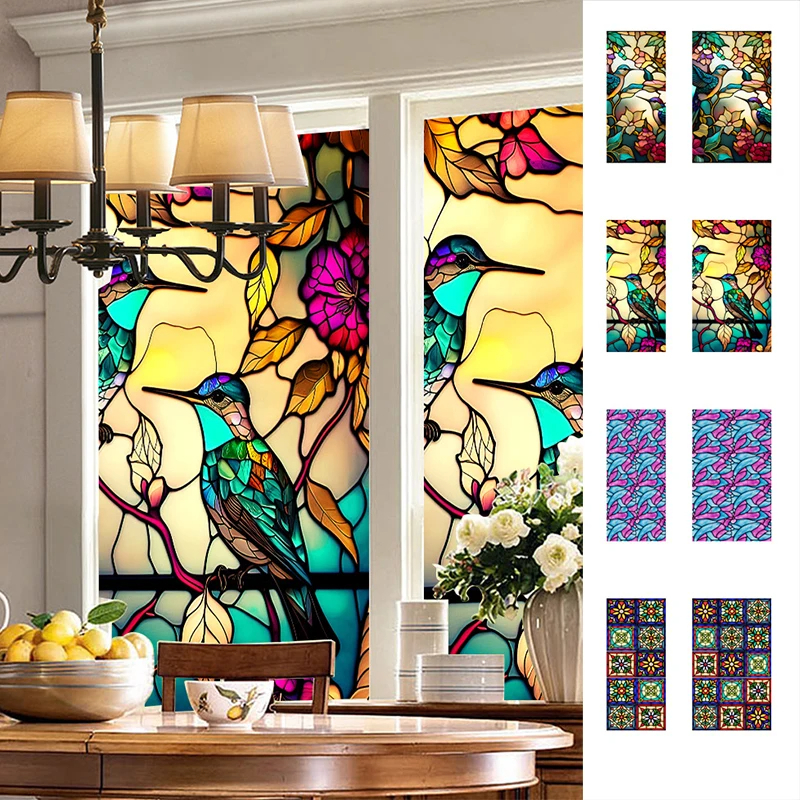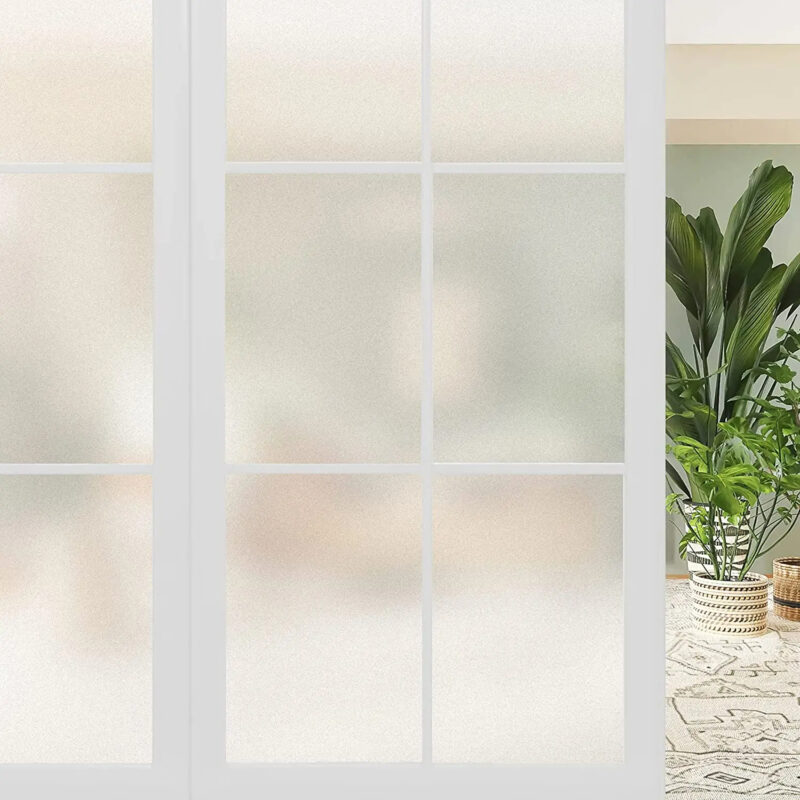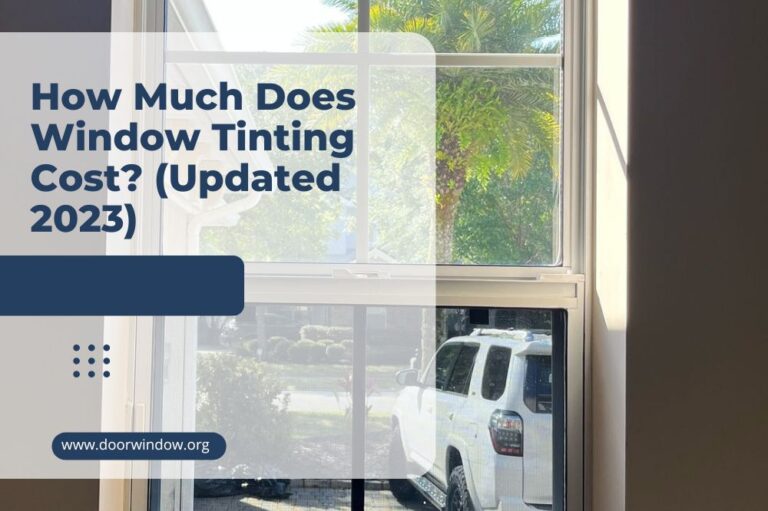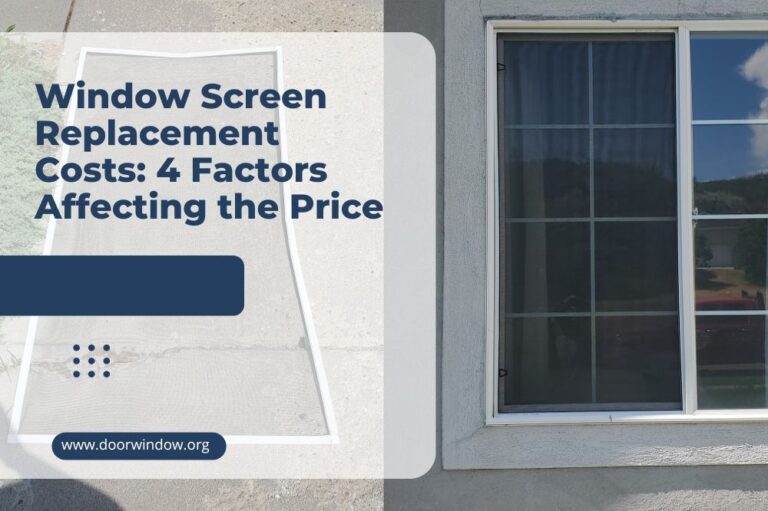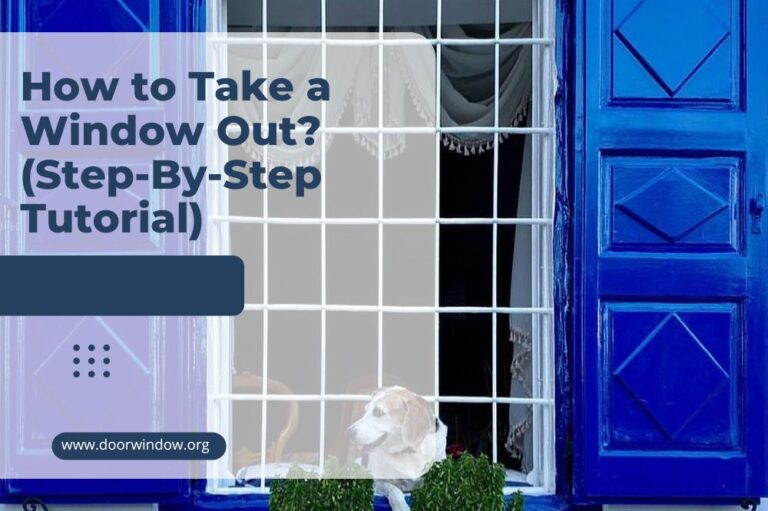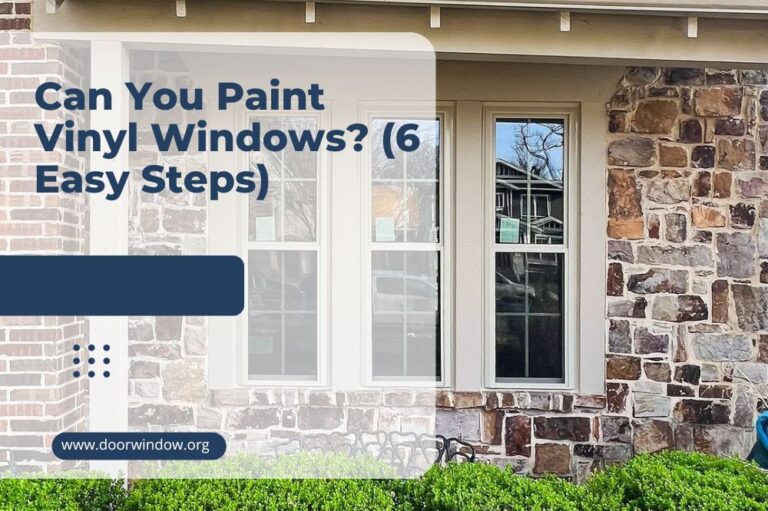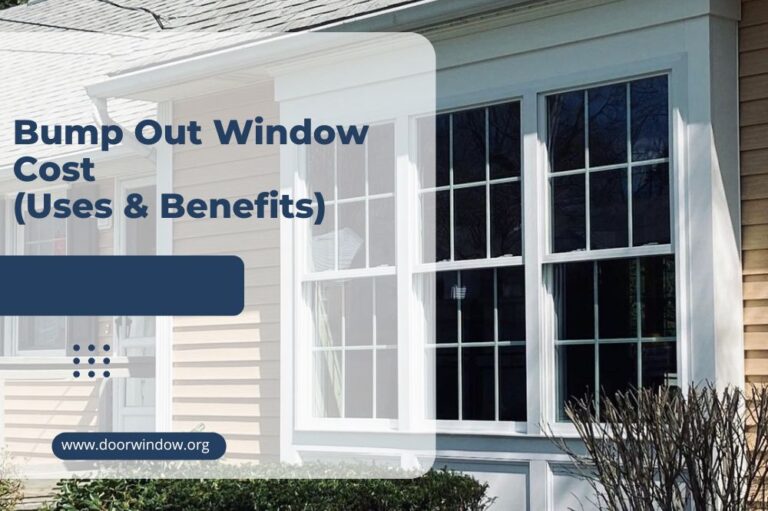Low-E Glass windows: Everything You Need to Know
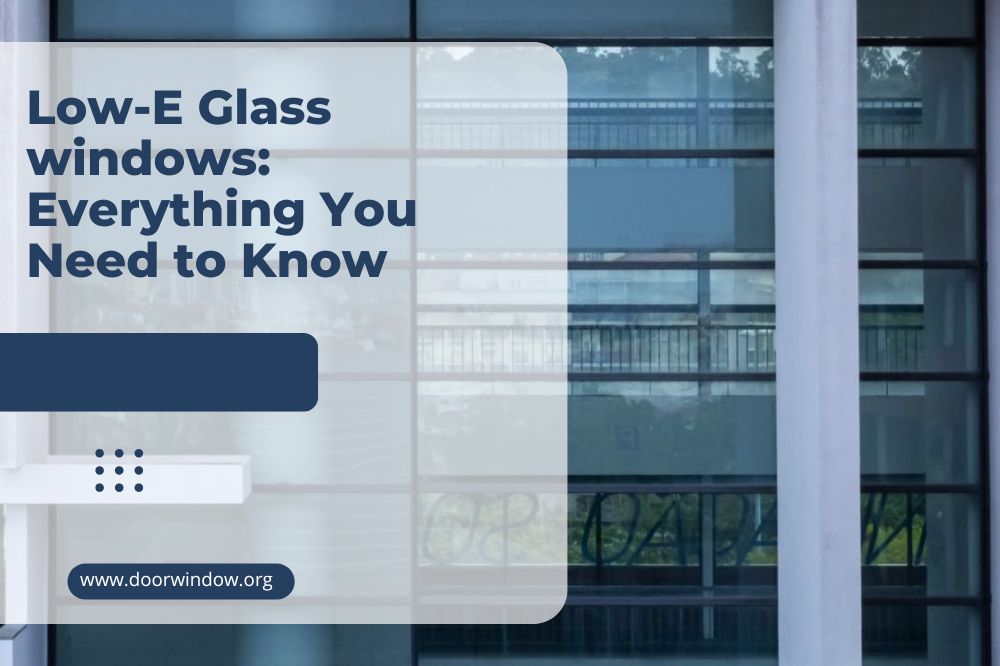
Primarily, the purpose of windows was to bring the light into the house. They protected it from the wind and rain and provided a view to the outside. Nowadays, advanced technology allows the production of windows that help us to control the temperature of the house. That matters because it makes an influence on your budget, as well.
That is a situation where Low-E windows (low emittance windows) can make a difference. Basically, they are windows covered with non-toxic, thin, and colorless coatings that decrease the effects of destructive UV rays and reduce your energy costs. Plus, they improve the energy efficiency of your home.
Glass Emissivity of Low-E Windows
Emissivity is the ability of the material to effectively emits energy as thermal radiation. Like every other material, glass can absorb, reflect, and emit a certain amount of thermal energy. Its scale showing emissivity goes from 0 to 1.
The average emissivity of regular glass is 0.95, which is pretty high value. That means your window glass allows the heat to enter your home during summer. On the other hand, the heat from the window air conditioner exits through the window during the winter.
Luckily, contemporary technology improvements can help with the energy efficiency of your home, including fantastic Low-E windows, which are one of the best innovations ever.
Preventing Ultraviolet and Infrared Light
All lights, including infrared, ultraviolet, and visible ones, are segments of electromagnetic radiation descending from the Sun to Earth. The heat of the Sun you feel in summer comes from the infrared waves. They are invisible, but their impact on all living beings living on Earth is immeasurable.
Some devices, such as toasters, lamps, and industrial heaters, can emit this type of light, as well. Actually, anything with the temperature higher than -451 F (-268 C) emits IR radiation.
On the other hand, ultraviolet rays are dangerous, and they may cause sunburn and skin cancer. They are responsible for the persistent efforts of glass manufacturers to improve their products and come up with solutions to prevent UV rays from entering the houses.
Nowadays, you can find Low-E windows on the market that fulfill all the necessary requirements. They block the unnecessary heat to come in through the windows and let visible light to come in, at the same time.
Also, Low-E windows have the improved panes that don’t allow the infrared and ultraviolet rays to go through, as is the case with ordinary windows. Therefore, you can replace traditional window insulation kits used to improve energy efficiency with a more durable solution.
Insulating Properties
Double-pane windows were a primary type of insulated windows for decades. They had two window panes with the space between them filled with an insulating gas, mostly argon.
Their purpose was to reduce the heat loss from the inside of the house in winter. Also, they gained heat from the outside of the house in summer. Thanks to excellent insulating properties, these windows were the primary choice for many citizens of the US until recently.
Later on, triple pane windows showed up on the market with increased insulation features. They were expensive, which influenced their usage in modern homes. Also, not every house construction was convenient for this type of window.
For these reasons, manufacturers install almost all the energy efficiency upgrades, including Low-E coating, on the double-pane windows.
Energy Efficiency of Low-E Windows
Several features of your windows determine their energy efficiency, including:
- R-value – It will tell you about the ability of your window to reduce the transfer of heat. When it is about windows, the high R-value is a desirable option.
- U-value (U-factor) – It measures the transfer of heat and its losing or gaining through the window glass. You can get this value by calculating the conduction of materials necessary in windows production. Keep in mind that the lower this value, the better the window.
- VLT (visible light transfer) – It determines the amount of light going through the window.
- SHGC (solar heat gain coefficient) – It shows the quantity of solar radiation that can go through the window. If we refer that this value can be between 0 and 1, an SHGC rating of 0.45 means that your window lets 45% of the solar heat through.
- Light to solar gain – It is the value showing you the ratio between the amount of light and radiation that can go through the window.
What is Glass Coating?
Glass coating is a process of applying a thin layer of metal, such as copper, tin, zinc, silver, or brass on one side of the window glass. That layer is thin and not visible, but it still has reflective properties.
In the beginning, the coating layer contained two layers, one made of metal oxide and the silver layer, as well. Nowadays, you can find an improved version with three layers, the silver one and two coats of metal oxide. Although this coating allows the light in, some windows may have a slight gray or brown color.
The manufacturers always place the coating on the inside of the window glass. Putting it on the outer side is impractical since there is a possibility to damage the layers while cleaning either with a window cleaning robot or manually.
Modern Low-E windows have a microscopically thin, transparent coating. Since it reflects heat, this layer will keep the temperature in the house consistent. There are two types of low-E coatings, including:
Passive Low-E coating (hard coat)
It is the coating that stops the condensation of the surface of the window glass while it is still hot. The process of making it is a pyrolytic way of making the glass. That way, the connection between the coating and the glass becomes very strong.
The window obtained in this way is an excellent choice if you live in a cold area. It allows solar heat to enter the home through the windows and reflects it from the inside. Unfortunately, with this type of window, you won’t get top-notch R-value and U values.
Solar control Low-E coating (soft coat)
This technique has developed recently. The glass is made in the vacuum chamber at room temperature. During the process, the manufacturers apply the coating by sputtering. After that, the glass is ready for a cut.
Since the connection between the window glass and the coating is not that strong, it can peel off over time. Usually, this type of coat requires additional reinforcement, such as a seal or laminate.
You should pick out this type of window glass if you live in a warm area. The U-value of this glass is better, which means that it provides better UV protection.
Determine If You Have Low-E Windows
In case you bought a house and you are not sure if you have Low-E windows, there is a way to test them. Firstly, you should know that most of the windows with Low-E coating are double pane windows.
That means there are four glass surfaces. Two of them are on the outer window pane, and another two are on the inner pane.
To check it, you should light a match or a lighter and put the flame close to your window glass. You will see that the flame reflects in the glass and creates four copies of it.
If all four flame reflections are the same, there is no coating on the glass. However, if you see three same flames, while the fourth is slightly different and a bit darker, the surface of the window glass has a coating.
What determines on which surface of the window the coating is applied is the climate. In the cold regions, the Low-E coating is often on the outer surface of the inner window pane. In the warmer ones, it is better to place these layers on the inner surface of the exterior window pane.
Low-E Windows and Plants
Since the Low-E windows are highly efficient in blocking the heat and UV rays, most people are not sure if it is safe for the plants to be in front of them. Keep in mind that these windows don’t block the light. So, they are an ideal solution for plants that require medium light.
Also, you can always check the VLT value of your Low-E windows. If this number is low, it means that less light goes through the window glass, and you should move some of your plants to a more convenient place.
Final Thoughts
If you look for new windows, you should find all the relevant information about Low-E windows. This type of windows will help you save some money on the heating bills in the long run. Except for energy efficiency and UV protection, they also prevent condensation and consequently reduce the occurrence of mold.
Nowadays, Low-E windows are the standard for energy efficiency in every contemporary home. They reduce harmful UV light without blocking natural light from entering your home.
If you want to improve your home, you should consider replacing your old windows with these extraordinary models, if possible. It will be an excellent and very cost-effective decision.

